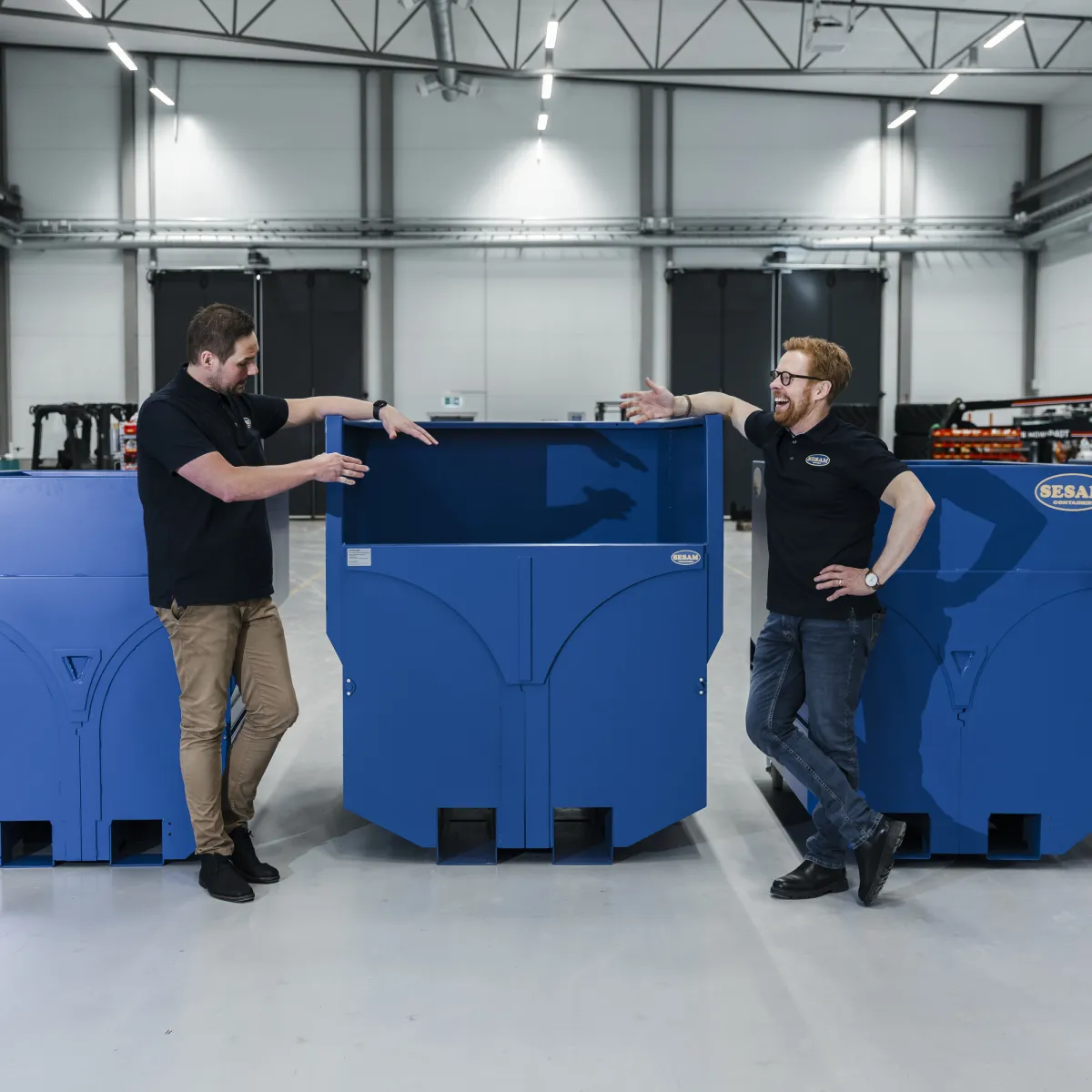How Bottom Emptying Containers Improve Workplace Efficiency
How Bottom Emptying Containers Improve Workplace Efficiency
Blog Article
As it pertains to bottom-emptying containers, longevity is a critical factor. These pots should resist recurring use, various environmental conditions, and continuous handling. That makes substance collection a premier priority. To make sure that bottom emptying container (bottentömmande container) provide extended company life and maintain their efficiency, manufacturers rely on unique products manufactured for energy, opposition, and reliability.
Below, we highlight the very best materials that assure toughness and performance for bottom-emptying containers.
1. High-Density Polyethylene (HDPE)
High-Density Polyethylene, or HDPE, is one of the very typically used components for durable containers. Noted for its affect opposition and freedom, HDPE are designed for equally heavy masses and hard handling. That substance is specially suitable for severe commercial use and outside settings because of its weight to UV rays and chemicals. Furthermore, HDPE is light, rendering it simpler to move and handle without reducing on strength.

Why Choose HDPE?
Exemplary opposition to weather and substances
Lightweight but powerful
Eco-friendly, as it is recyclable
2. Stainless Steel
For industries requiring heavy-duty toughness or sanitary situations, stainless steel is a great material. It's robust, highly resistant to rust, and capable of withstanding extreme heat fluctuations. Moreover, stainless guarantees longevity, making it a cost-effective choice in the long run. Its easy surface also simplifies preservation and cleaning, that will be priceless for programs in food handling or healthcare industries.
Key Benefits of Stainless Steel
Exceptional power and toughness
Rust-proof and perfect for long-term use
Easy to clean and maintain
3. Fiberglass-Reinforced Plastic (FRP)
Fiberglass-Reinforced Plastic (FRP) is really a high-performance substance mixing the effectiveness of fiberglass with the cost-effectiveness of plastic. FRP excels in extremely corrosive and chemical-heavy conditions, which makes it a great selection for bins used in compound manufacturing or storage. Furthermore, FRP pots are lightweight, creating them simpler to maneuver compared to material equivalents.
Advantages of FRP
Corrosion-resistant in demanding problems
Light and simple to take care of
Could be personalized for certain purposes
4. Aluminum
When a balance between energy and light design is necessary, metal stands out as a top option. It is particularly favored for purposes that want flexibility because of its reduced weight. Metal is corrosion-resistant, rendering it suited to outside conditions or places confronted with moisture.

Highlights of Aluminum
Outstanding lightweight-to-strength proportion
Corrosion-resistant for outdoor use
Sustainable since it is recyclable
Choosing the Right Material for Your Needs
The option of material for bottom-emptying bins depends upon the precise request, environmental conditions, and required fill capacity. HDPE is fantastic for cost-effective flexibility, while stainless steel offers unmatched strength for sanitary environments. FRP and aluminum, on one other give, cater to industries seeking light or extremely corrosion-resistant options.
By choosing the right product, you can ensure your containers present sustained efficiency, remain functional over time, and suit special working needs. Report this page